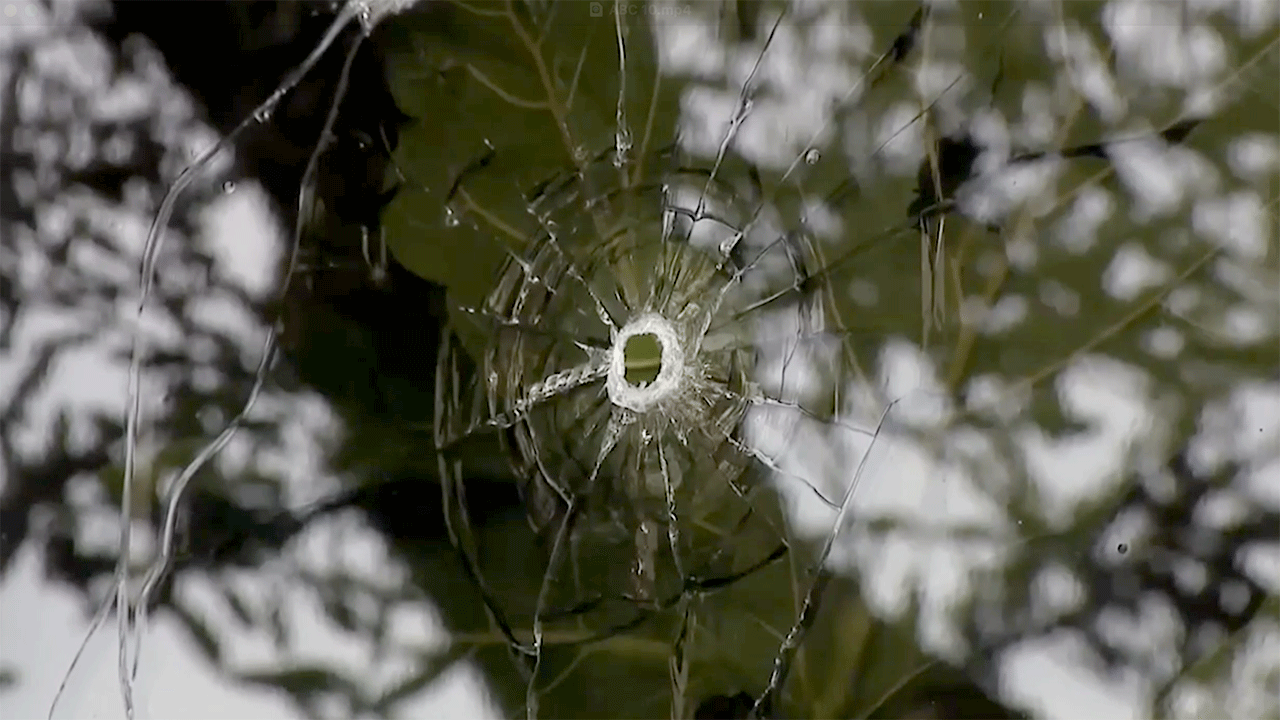On Monday, new attention focused on the January crash in Washington, D.C., involving an Army Black Hawk helicopter and an American Airlines regional jet, as questions continue to swirl about the causes of the deadly incident and the military’s internal response.
The National Transportation Safety Board (NTSB) released a preliminary report in March, issuing two urgent safety recommendations to the Federal Aviation Administration concerning helicopter operations along the Potomac River during the use of specific runways at Ronald Reagan National Airport.
The report detailed communications between air traffic controllers and the two aircraft in the moments before the crash, highlighting multiple instances where Army Capt. Rebecca M. Lobach, the helicopter’s pilot, failed to heed directives from her instructor pilot, Chief Warrant Officer 2 Andrew Loyd Eaves.
Trump’s Sovereign Wealth Fund: What Could It Mean For Your Money?
The NTSB documented that Capt. Lobach twice ignored instructions to decrease altitude and failed to respond to an urgent warning to turn left just seconds before impact.
REPORT: The female pilot flying the Black Hawk helicopter that collided with an American Airlines flight, made multiple mistakes and ignored a warning from her co-pilot, according to the New York Times.
Tragic.
The New York Times reports that there were multiple mistakes made… pic.twitter.com/duetUVd16J
— Collin Rugg (@CollinRugg) April 27, 2025
This Could Be the Most Important Video Gun Owners Watch All Year
According to cockpit voice recordings referenced in the report, at 8:47:44 p.m., the crew of the helicopter, identified as PAT25, reported that they had visual contact with the American Airlines aircraft and requested visual separation, which was approved by air traffic control.
Eaves then advised Lobach that he believed the controller wanted the helicopter to move left toward the east bank of the Potomac River.
Lobach did not make the turn.
Though the final NTSB report is not expected until 2026, The New York Times published an article over the weekend preemptively framing the crash as a result of multiple failures, including air traffic control staffing issues, while minimizing the pilot’s role.
The Times noted that someone on the helicopter had “stepped on” the controller’s communications by pressing their microphone for 0.8 seconds, possibly creating confusion, but acknowledged at the end of their article that Lobach had not acted on her instructor’s guidance to turn.
Additional reporting and testimony have suggested broader concerns.
Sources familiar with the unit alleged that Lobach was on her fifth check ride after failing four previous evaluations.
One retired Black Hawk pilot indicated that leadership within the unit discouraged personnel from speaking to the press, citing the leadership’s adherence to diversity, equity, and inclusion (DEI) policies. This information has not been independently verified.
Veterans have also raised concerns about a broader command climate that may inhibit accountability.
Sam Shoemate, a veteran and commentator, stated, “There is a climate in our military that is fearful of questioning decisions, or seemingly untouchable individuals, for fear of halting one’s career in its tracks.”
Shoemate recalled instances where proximity to senior leadership shielded individuals from normal disciplinary processes.
“Why didn’t the co-pilot take over?”
That’s the question so many are asking. I don’t know, and you don’t know. What I do know is there is a climate in our military that is fearful of questioning decisions, or seemingingly untouchable individuals, for fear of halting one’s career…
— Shoe (@samosaur) April 28, 2025
Dr. Chase Spears, a columnist and Army veteran, added, “It’s clear that Biden leftovers in the Army were desperate to conceal that their diversity push killed 67 people over the Potomac that tragic night.”
This makes it even more understandable why the @USArmy public affairs apparatus threw itself into trying to canonized Capt. Lobach.
It’s clear that the Biden leftovers in the Army were desperate to conceal that their diversity push killed 67 people over the Potomac that tragic… https://t.co/jJ7Kgeb0NM
— Chase Spears (@DrChaseSpears) April 27, 2025
The New York Times article cited several systemic concerns, including limited vertical airspace between helicopter flight paths and jet approach paths, the frequency of near-collisions at National Airport, and staffing shortages at the air traffic control tower the night of the crash.
However, critics have pointed out that if Capt. Lobach had reduced altitude or made the suggested turn left, the crash could have been avoided regardless of those issues.
The crash claimed the lives of numerous individuals, including members of the Livingston family, close friends of local Washington families.
Friends and relatives of the victims have continued to voice frustration over the circumstances surrounding the crash and have called for greater transparency and accountability within the military’s aviation ranks.
Wolfe is the son of my friend Jin Ah Longerbeam and they were extremely close to the Livingston family – all 4 Livingstons perished in Wednesday night’s crash at Reagan National Airport. He shared the photos Donna Livingston sent just before takeoff, and spoke about it on ABC… pic.twitter.com/o7ri2GSHQV
— Jennifer Van Laar (@jenvanlaar) February 1, 2025
The investigation remains ongoing, but the incident has already prompted renewed scrutiny over military training, pilot certification standards, and the influence of DEI initiatives on operational readiness.
The final NTSB findings will likely play a critical role in shaping future policy decisions regarding helicopter operations in congested airspaces.
Connect with Vetted Off-Duty Cops to Instantly Fulfill Your Security Needs
Read the full article here


![NYT Tries to Run Cover for Female Black Hawk Pilot… DEI-Driven Military Failures? [WATCH] NYT Tries to Run Cover for Female Black Hawk Pilot… DEI-Driven Military Failures? [WATCH]](https://www.lifezette.com/wp-content/uploads/2025/01/2025.01.31-02.45-lifezette-679ce219cfe9b.jpg)




![‘Being a Complete D**k’ [WATCH] ‘Being a Complete D**k’ [WATCH]](https://www.rvmnews.com/wp-content/uploads/2024/08/2024.08.18-11.00-rvmnews-66c1d44be06b2.jpg)




![Passenger Pulls a Knife During 14-Hour Qatar Airways Flight [WATCH] Passenger Pulls a Knife During 14-Hour Qatar Airways Flight [WATCH]](https://www.rvmnews.com/wp-content/uploads/2024/05/2024.05.27-06.09-redvoicemedia-6654cc698a3ce.jpg)